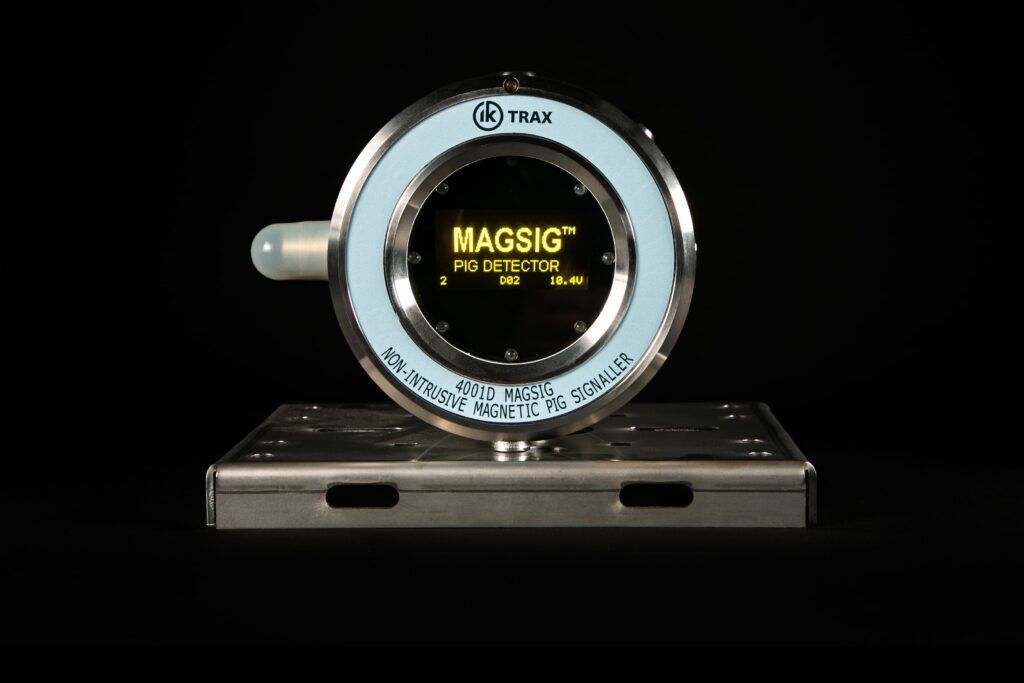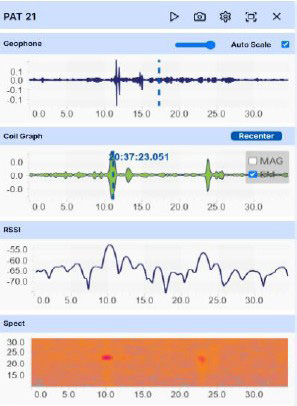
In the dynamic landscape of pipeline projects, the choice between non-intrusive and intrusive pig signallers can significantly impact both costs and operational efficiency. The blog post addresses some common objections and highlights the strategic benefits non-intrusive offers in CAPEX projects.
Overcoming Magnet Objections in CAPEX Projects
A common objection to non-intrusive pig signallers (or a reason to choose acoustic signallers) is the assumption that the pigs don’t have magnets. While this holds some truth, a strategic approach during CAPEX projects involves ensuring that operational pigs come equipped with magnets. Consideration could be given to purchasing startup pigs as part of the CAPEX project during commissioning. Retrofitting magnets to existing pigs during their operational life is a complex task and generally this should be undertaken during manufacture in a competent facility with a proven design. Although this may slightly increase the total cost, the long-term savings and advantages of non-intrusive signallers often outweigh the initial investment. Alternatively, procuring new pigs with operator feedback incorporated into their design is a valuable exercise, contributing to enhanced operational efficiency.
Clarifying the Role of Foam Pigs in Operational Scenarios
Another common objection against magnetic pig signallers is their inability to detect foam pigs. However, it is crucial to recognize that foam pigs, while serving specific purposes, may not be the most effective operational pigs. The soft variety, commonly used for residual hydrotest water removal, can be supplemented by medium and high-density types for “rescue pig” or progressive cleaning operations. In these cases, electromagnetic tracking devices can be seamlessly integrated, especially during non-routine operations. This not only addresses the objection but opens up possibilities for optimised pigging strategies.
Cost and Schedule Consideration in CAPEX
At the CAPEX stage, the cost dynamics heavily favour non-intrusive pig signallers over their intrusive counterparts. Even before factoring in site fabrication, welding and non-destructive testing, intrusive systems tend to be more expensive. Contractors often avoid the complexities of issuing valves separately, preferring suppliers to provide a limited number of highly specified diameter valves. Non-intrusive signallers not only reduce costs but also minimizes schedule risks associated with acquiring pressurized fittings and valves.
The Need for Comprehensive Planning during FEED & EPC
Despite the obvious advantages of non-intrusive pig signallers, the nuances of pigging and the diverse challenges faced by operators throughout a pipeline’s lifespan are often overlooked during the FEED and EPC stages. industry tends to default to intrusive or even acoustic solutions without thoroughly exploring potentially superior alternatives.
In conclusion, embracing magnetic non-intrusive pig signallers in CAPEX projects proves to be a strategic choice, offering long-term savings, operational efficiency, and a more tailored approach to the unique challenges of pipeline operations. By challenging common objections and considering modern solutions, operators can pave the way for a more cost-effective and resilient pipeline infrastructure.
Would you like more information? Click here to get in touch.

